10 Red Flags to Look for When Buying a House
Ready to get Your New Windows?
Window World offers free in-home consultations! Click below to schedule today!
Get started!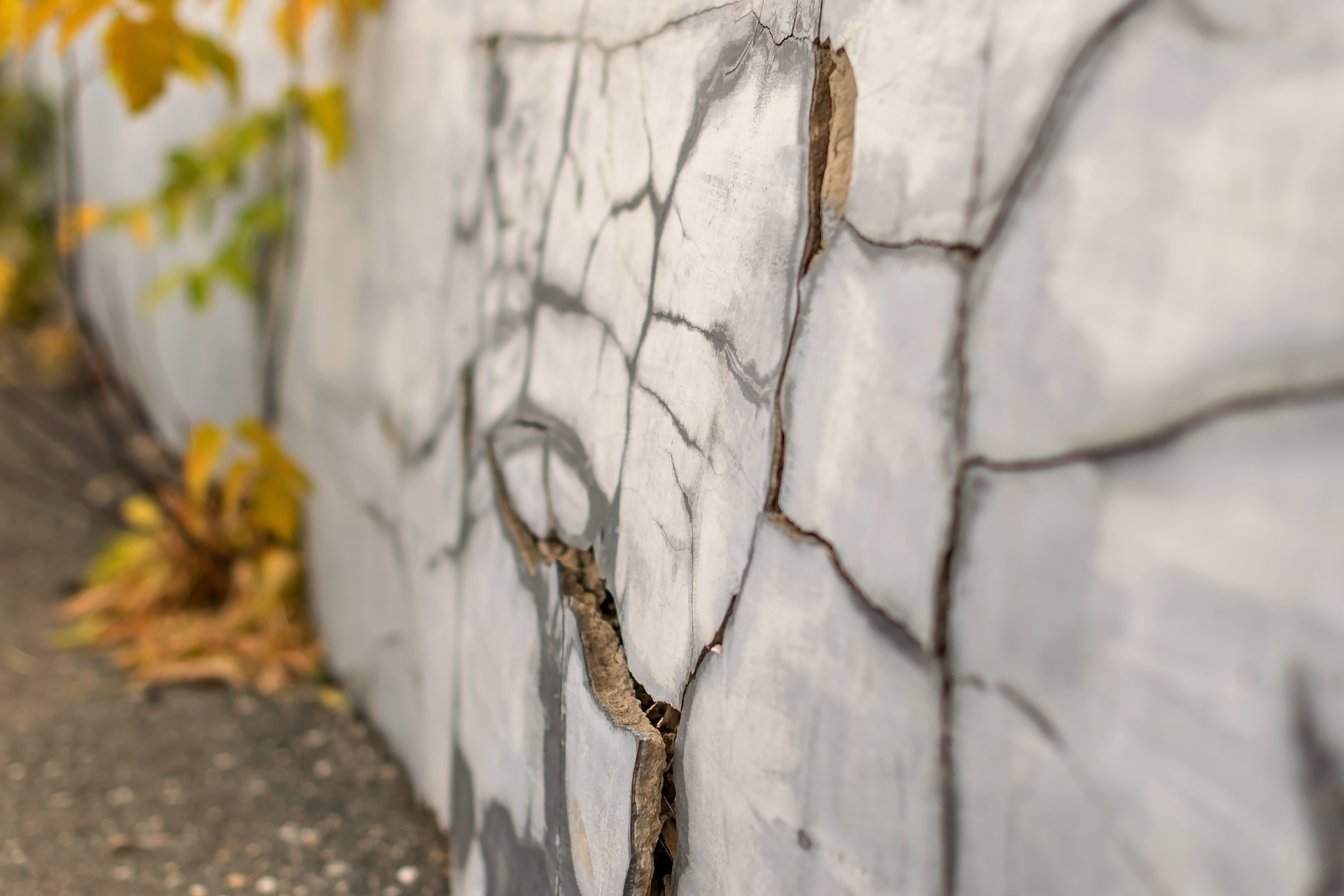
Inspect these things before purchasing your new home.
Searching for a new home is exciting — especially when you find what seems to be the perfect house.
But appearances can be deceiving. A home’s biggest issues can hide in plain sight if you don’t know what to look for. And if you aren’t careful, you could end up with a lemon for a new house that will cost you far more than imagined down the road.
Try not to fall in love with a house before you know all the facts — including any red flags. By keeping a cool head and your eyes open, you’ll make a wiser decision and know for sure that your new home is worth every dollar.
10 Things To Inspect in a Home Before Buying
Red Flag #10: Neighborhood sell-out
You should start looking for red flags before you even set foot on a property. Take a look at the neighborhood and see if there are a higher-than-average number of “For Sale” signs at nearby homes.
If many properties in a neighborhood are for sale or recently sold, ask yourself and your real estate agent why. Unless the home is in a brand-new community, a high number of “For Sale” signs could be a red flag that the area isn’t as desirable as you think.
Homeowners may vacate a neighborhood for reasons like:
- Increasing crime.
- Diminishing work opportunities.
- Decreasing school quality.
- Unpopular property developments.
Red Flag #9: Foundation cracks
Foundation cracks can be devastating for the future health of a home, and they’re a major indication that you shouldn’t sign on the dotted line.
You can find foundation cracks on a home’s exterior, inside the home’s basement, or underneath its floors. Foundation cracks can be caused by many things, including:
- Bad drainage.
- “Soil creep” or soil that isn’t compacted properly before construction.
- Weather changes.
- Natural disasters.
No matter the cause, some foundation cracks can be quite serious. “Structural” cracks may threaten a home’s integrity and usually appear in concrete walls. If left unchecked, they can cause a home to lean or tilt.
Alternatively, “nonstructural” foundation cracks may serve as hideaways for vermin or lead to mold forming beneath a house (and no one wants that). So, while it’s true that not all foundation cracks affect a house’s structural integrity, they almost always look ugly and lower a home’s resale value.
Red Flag #8: Water damage
As you tour a home before putting in an offer, check for water damage in the form of stains, bubbles, or spots.
If there’s a lot of water staining on the floors, ceiling, or walls, it could lead to paint discoloration, surface imperfections or roughness, and other aesthetic or structural problems. In some cases, water stains may eventually develop holes or cracks in the walls or floors from deterioration or corrosion. Water stains on a home's exterior look like bubbles underneath the surface and may indicate that the vinyl siding needs replacing or hasn’t been properly sealed. Water stains inside are also a good indication that there may be a leaky roof or pipes — both of which can be expensive to repair.
One water stain isn’t necessarily a big deal, but we recommend double-checking with a professional inspector to ensure that what you see isn’t an indication of a larger issue beneath the surface. If you tour a house that has multiple water stains, skip to the next property — you don’t want to be the one repairing or scrubbing away dozens of water spots throughout your new home!
Red Flag #7: Termite damage
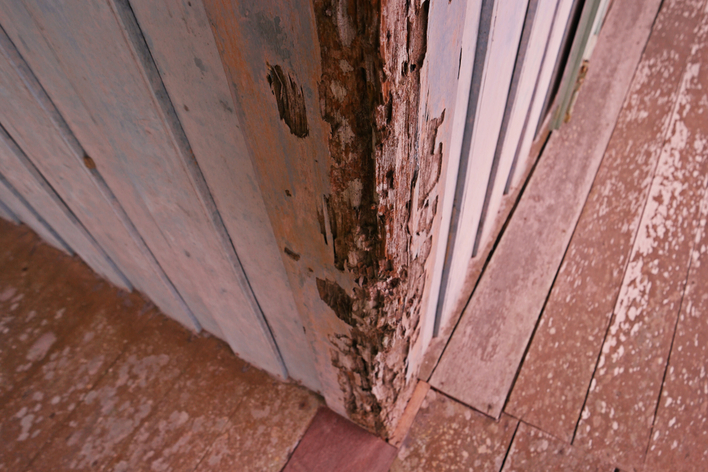
Termites are some of America’s worst pests, especially since they can be tough to exterminate by yourself. They thrive in warmer climates, so their activity is greatest in homes in the South, Southeast, West, and Southwest. Even worse, some termite damage looks like water damage, so it’s possible to purchase a home with a termite infestation without realizing the challenge ahead.
When you inspect a home, check for signs of termite damage in wood walls, floors, and ceilings. All termite species hollow out wood and chew through it, and some of the signs you may encounter when looking for them include:
- Discolored paint or wood.
- Bubbles in wood or paint.
- Mud tubes, which look like hollow tubes underneath wood or paint layers.
- Discarded insect wings, which could belong to young termites.
- Wood-colored termite waste.
Red Flag #6: Condensation in windows
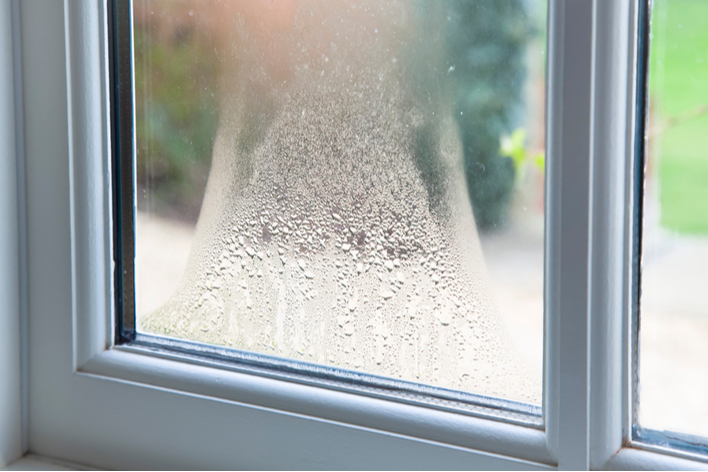
Foggy windows and windows with moisture trapped inside are major red flags in a home. But why?
Because a foggy window usually means a failed seal. In worse cases, multiple windows may have bad seals, so lots of moist air moves in from outside and condenses on the inside.
Not only does this look bad, but it also means your home may lose hot or cold air from your HVAC system, running up your utility bill. Windows that are opened frequently, such as sliding windows, may be more likely to suffer from seal damage and become foggy without maintenance.
But foggy windows are far from dealbreakers. You can replace them with new, energy-efficient window varieties or by installing new IGUs to save from replacing the whole window.
Red Flag #5: Doors that won’t close
When a door doesn’t close well, it may mean that the framing members have shifted. That means the door no longer fits the frame, so any future homeowner may have to cut off a small slice of the door’s top or bottom to force it closed. This can occur due to improper construction, foundational issues, weather, and more.
Check each door in a home before buying a new house. If you see one that has a bit of wood shaved off the edge, it means that the homeowner had to deal with this issue in the past.
But just like foggy windows, needing to replace a single door in a home doesn’t necessarily mean the house isn’t a good buy. If the entry door is the only issue, consider replacing it with a new fiberglass door, which resists warping better than wooden doors.
Red Flag #4: Sloping floors
Naturally, if you take a step inside and feel like you’re off balance, it’s a big red flag! If you notice sloping floors, they might indicate significant structural issues that you’ll have to fix.
Some of those issues could be:
- Rotten wood used for the floors or supports.
- Beams beneath the floors have collapsed or started to slump.
- Soil or foundation problems.
A good trick to help you find out if a home’s floor is sloping is to carry a marble with you during tours. Set the marble on the floor, and if it begins rolling in one direction, it confirms that the floor is not level and that you may want to continue your search!
Red Flag #3: Roofs with missing shingles or multiple layers of shingles
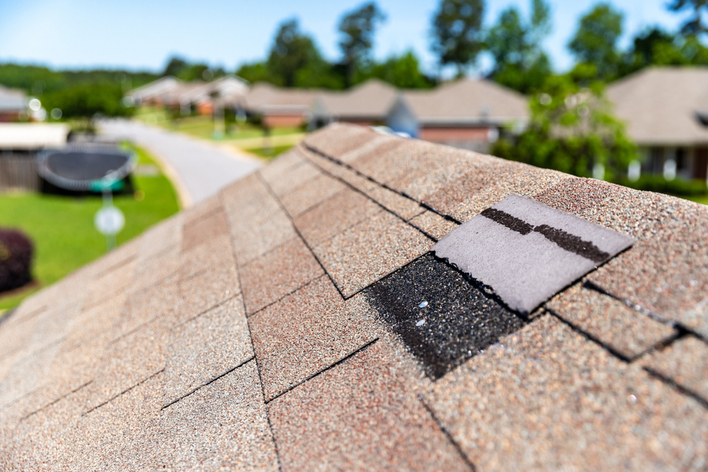
Missing shingles are a self-explanatory red flag. They indicate that the roof needs repairs or replacing. But multiple layers of shingles could mean that the current or previous homeowner is trying to hide something or that a roofing company did subpar work in the past. Multiple layers of shingles can also add unnecessary weight and trap heat, both of which are bad for a home.
Red Flag #2: Sagging ceilings
When you’re wrapping up your tour, take a close look at the ceilings and make sure they aren’t sagging or affected by tiny water bubbles. Sagging ceilings could mean a variety of things, including:
- A problem with the foundation or structural integrity of the home.
- Leaks above the ceiling (even if it’s a one-story house) which are softening the wood in the ceiling and causing beams to bend.
In either case, a sagging ceiling tells you expensive repairs are soon to come.
Red Flag #1: Bargain-priced homes
Aside from physical issues, you should also take note if a house is being advertised at an absolute rock-bottom price. Always heed the saying, “if it’s too good to be true, it probably is.”
Say that you’re looking for a home in a popular neighborhood with great schools or excellent access to local shops and entertainment. If one house is being advertised at a price well below competitive rates for the area, why do you think that is?
The property’s owner or real estate agent isn’t doing it to give you a deal — so there could be something wrong with the house to warrant the discount.
Bonus tip: Be sure to keep an eye on current mortgage rates when shopping too. They can fluctuate daily.
MOST IMPORTANT: Hire a reputable inspector
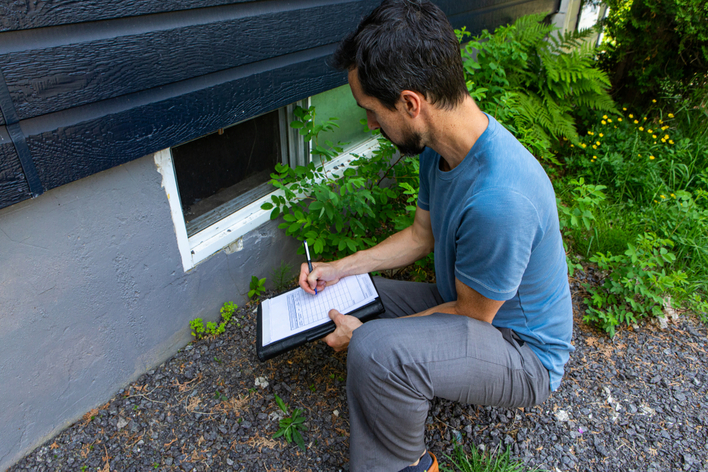
Even if it seems perfect at first, you should never purchase a house without a top-to-bottom check from a reputable inspector. In fact, your mortgage lender may require you to get a home inspected before they’ll underwrite a loan. Fortunately, the cost of a home inspection is typically included in the sale’s closing costs.
A thorough house inspection checklist will include checks for:
- Any structural defects.
- Minor flaws or issues with appliances.
- Any current or future maintenance concerns.
- Issues with the home’s roof.
- Problems with the home’s systems (heating, A/C, etc.).
In some cases, an inspector will value a home to make sure it’s being sold for a fair price in terms of market value.
Always let a professional do a final, deep dive into a property before you buy. You’ll thank yourself afterwards if they uncover anything you missed.
One of the joys of owning a home is transforming it to suit your taste. Your friends at Window World are here to update windows, doors, and siding to increase your comfort, energy efficiency, and curb appeal. Contact us today to schedule a free consultation and quote.



